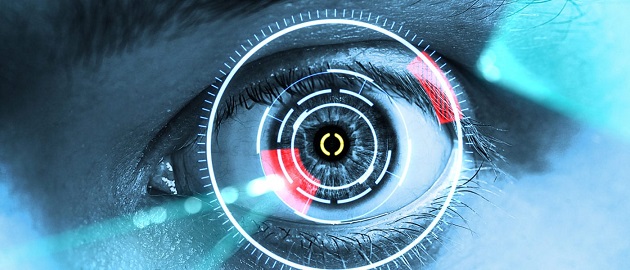India is home to 20% of the world’s visually impaired population. According to another startling revelation, there are only 20,000 ophthalmologists for a population of 1.3 billion people in India. So, the challenge of providing adequate diagnostic eye care services is truly massive in the country. The good news, however, is that AI is being effectively used in India along with edge devices to bring eye care to the last mile. Many causes of vision loss that can be prevented or treated are cumulatively termed avoidable blindness. While there are only 20,000 ophthalmologists for a population of 1.3 billion, here are examples to show that effective AI deployment is raising India’s sights for eradicating avoidable blindness.
Many causes of vision loss that can be prevented or treated are cumulatively termed as avoidable Blindness, including conditions such as cataracts, refractive errors, xerophthalmia, trachoma, glaucoma, and diabetic retinopathy. Due to its image recognition capabilities, AI has been growing in popularity where image analysis is essential to disease diagnosis and treatment. AI-based systems are trained with many pictures of the eye, following which the algorithms learn the difference between normal images and abnormal images. And early diagnosis and treatment can prevent or minimize vision loss or impairment.
Here’s How AI Tools are Eradicating Avoidable Blindness:
AI for Eye Care Screening in Children
Telangana government was concerned about the high number of blindness and vision impairment cases that occurred in children due to a lack of trained and skilled ophthalmologists. The screening tool focuses on diverse datasets of patients across geographies to come up with machine learning predictive models for vision impairment and eye diseases and can predict whether a LASIK, cataract or other surgery is going to be successful for a given patient or not.
AI-Based Cataract Screening Mobile Application
Tamil Nadu e-Governance Agency (TNeGA) has developed an AI-based mobile app to enable the screening of a large number of people for cataracts. By simply clicking a picture, the application can be used for preliminary screening of the eye. The application has been designed to detect macular disintegration as well. Launched with help of the Tamil Nadu State Blind Control Society (TNSBCS), the app is being tested in a few districts. By addressing the resource constraint in cataract detection, aims to eradicate preventive blindness in the state.
Democratizing Retinal Imaging Screening
3Nethra is a portable device by Forums Health that can screen common eye problems that can lead to blindness. This retinal imaging screening device is available in more than 20 countries and has already touched more than two million patients. This has been achieved by integrating AI-based retinal imaging APIs into Forus Health’s 3Nethra devices using Microsoft Azure IoT Suite and Azure IoT Edge, which delivers the cloud intelligence locally and closer to the eye. This enables operators of the 3Nethra device to get AI-powered insights even when they are working at eye checkup camps in remote areas with no or intermittent connectivity to the cloud.
Diabetic Retinopathy Detection
Aravind Eye Hospital partnered with Google in 2013 to develop an algorithm that would help in the early detection of this disease. The complete screening tool was developed using Google’s deep machine learning algorithm, which has achieved an accuracy of 98.6% in detecting diabetic retinopathy, on a par with the performance of ophthalmologists and retinal specialists. 71 vision centers are using this tool across rural Tamil Nadu which has been established by Aravind Eye Hospital. These centers are supervised by trained technicians who take pictures of patients’ eyes with retinal cameras and send the digital reports to doctors at the hospital.








